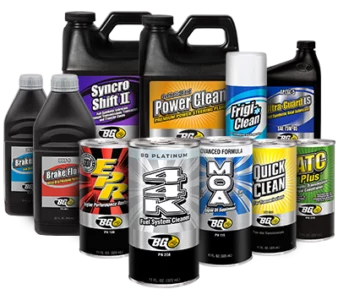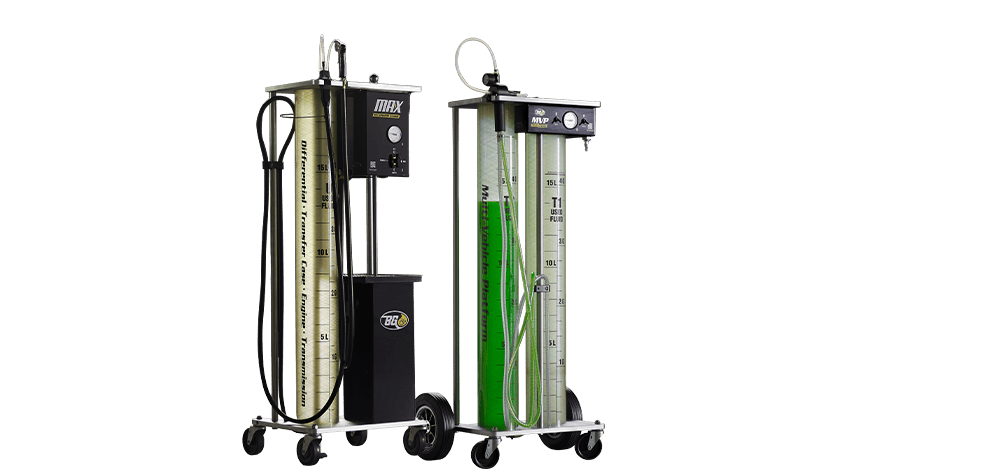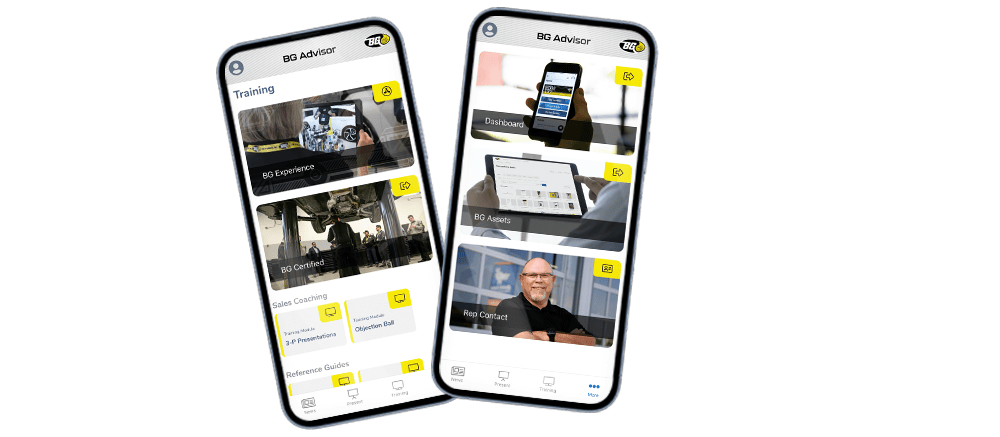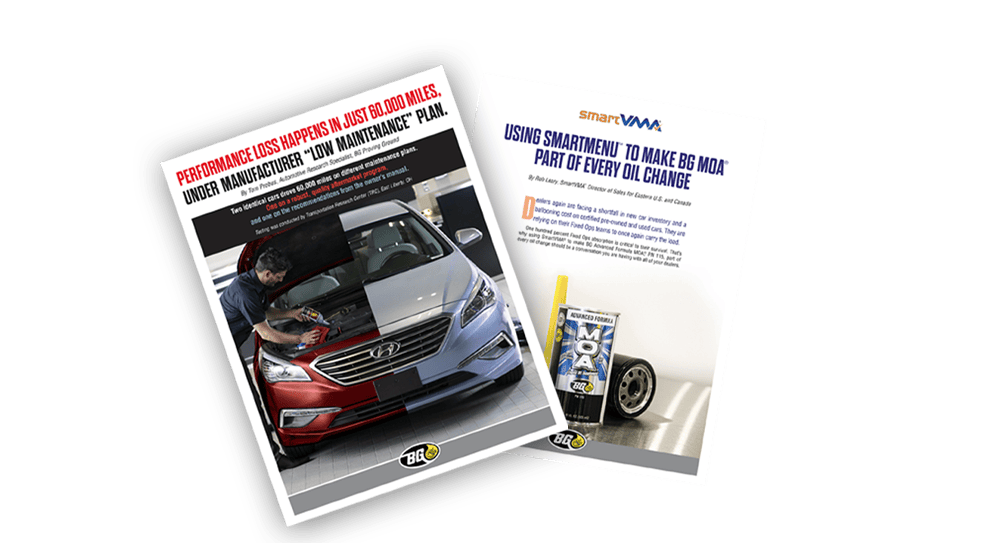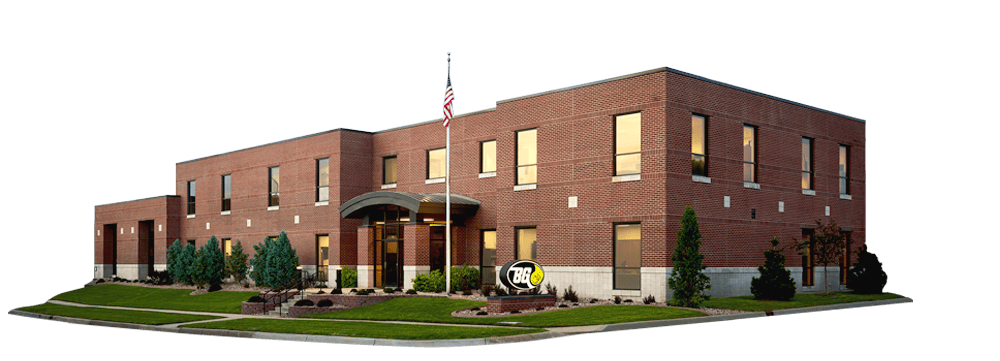To better understand the function of a torque converter, let’s first talk a little bit about automatic transmissions.
An automatic transmission is like an automotive personal assistant; it does everything for the driver.
With just a little pressure on two different pedals, a vehicle can either be cruising down the highway at 75 mph, or stop on demand, and the driver never has to shift gears.
The torque converter is what makes this all possible. It does nearly the same job as a manual transmission clutch; it allows the transmission to slow down to a stop, while the engine keeps running.
Within the torque converter, varying rotational speeds of four primary components and resulting fluid levels control the flow of power.
Four Key Components
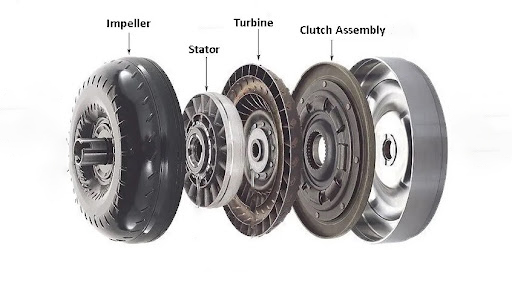
- Impeller—The impeller spins at the same speed as the crankshaft. As it spins, it pushes transmission fluid outward, much like a washing machine in the spin cycle. The faster it spins, the more fluid force is produced.
- Turbine—Fluid from the impeller enters the turbine at the outside edge and exits the turbine at the center. This change in direction of the fluid causes the turbine to spin, which then causes the transmission to spin.
- Clutch—At higher vehicle speeds, the impeller and turbine rotate at almost the same rate. The clutch plate locks these parts together, eliminating slippage.
- Stator—The stator slows the rate of fluid returning from the turbine and changes fluid direction once again before it re-enters the impeller. This prevents the returning fluid from slowing down the impeller, improving the efficiency of the torque convertor.
How it Works
A torque converter is designed to function in three different phases depending on input from the driver.
- Stall—During the stall phase, the engine and the impeller are turning, but the turbine cannot turn, so the car does not move. Stall happens when the car engine is running, the transmission is in gear, and the driver has their foot on the brake so the car isn’t moving.
- Acceleration—When the driver presses the gas pedal, the acceleration phase begins. One of the most important characteristics of this phase is the multiplication of torque. Torque peaks just as the vehicle starts moving, while the impeller is spinning much quicker than the turbine. Then, torque decreases to nearly zero once the impeller and turbine approach the same rotational speed.
- Coupling—The coupling phase happens at high vehicle speeds. The impeller and turbine speeds are rotating at nearly the same speed at this stage. Many models lock the two together with a friction clutch to eliminate slippage and increase efficiency.
Fluid Strain
A torque converter puts a great deal of strain on transmission fluid. The heat and pressure generated in the processes discussed above can degrade the protective properties of transmission fluid. This is especially true when transmission fluid levels run low or the fluid is not exchanged for extended periods of time, which is all too common for most vehicle owners.
Signs of Problems
When a torque converter starts to go bad, it’s hard to miss. Relay these common warning signs to your customers:
- Shuddering while shifting
- Humming or whirring noise from transmission
- Lagging or slipping with acceleration
- Dark red fluid leaking from transmission
Prevention is Key
Once the warning signs above are present, it is usually too late for a maintenance service to fix the problem. Let your customers know that regular preventive maintenance, like the BG Transmission Service, is the best way to take care of their torque converter. The service can prolong the life of their entire transmission, and prevent time-consuming and very costly replacement.

Tom Probus
BG Automotive Research Specialist
Tom Probus is an ASE Master Technician and has been ASE Certified for more than 20 years. He joined the BG Proving Ground in 2015, where he helps invent new equipment that keeps BG at the top of the industry.

